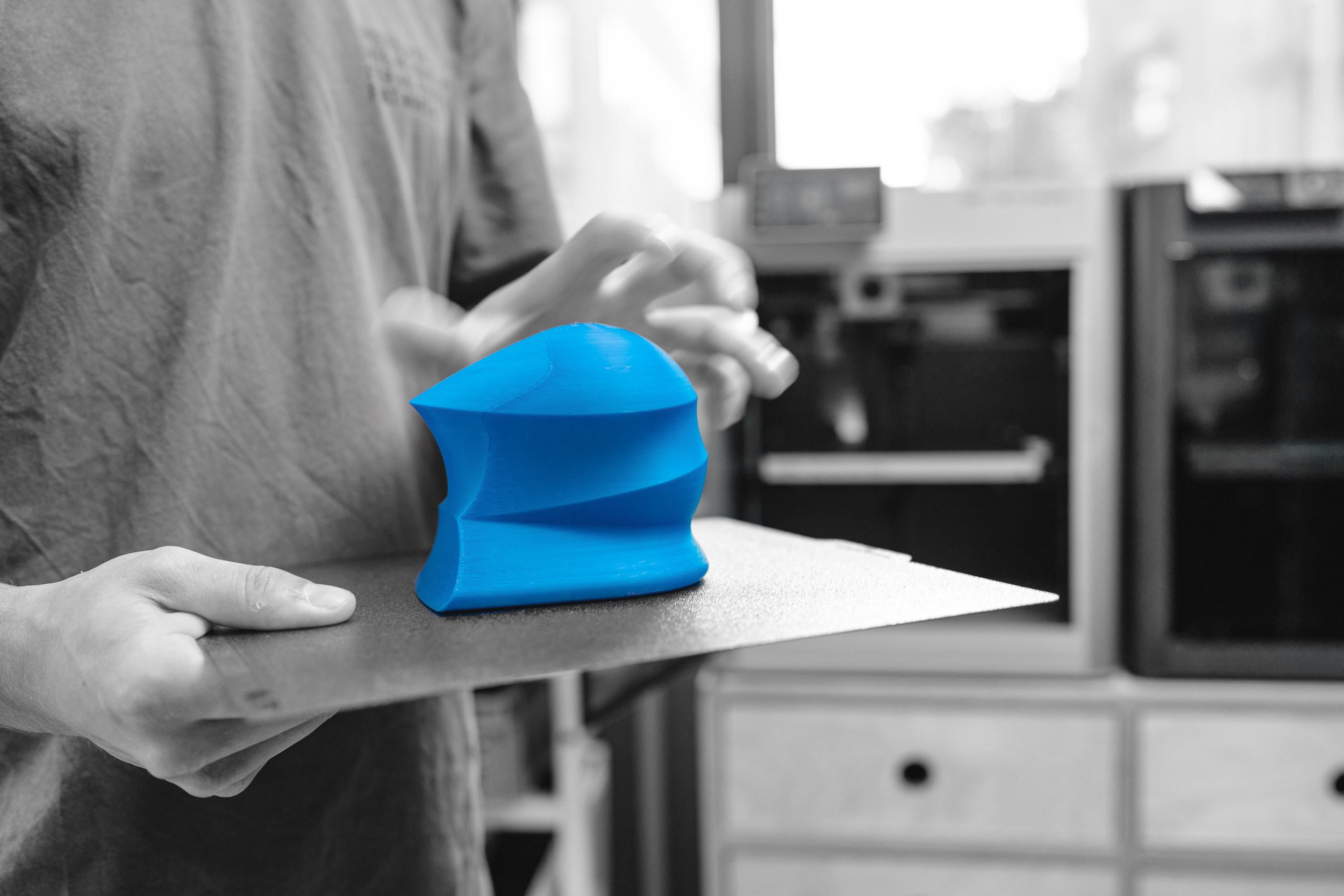The Role of the Designer in the Modern World
With AI leading the charge in the modern world across all aspects of physical and digital work, where does the designer fit in this new environment we find ourselves in? This is a common question pondered by many in the design community and is an ever-changing concept, as new software is developed and new trends emerge. One thing is for sure, though: the role of the designer is as relevant now as it has ever been.
Good design stands the test of time
Bold, functional, and purposeful design creates timeless pieces that form part of what we consider good design. A great example of this is the work of Dieter Rams, who embraced minimalism in his designs while never shying away from satisfying the functionality, ergonomics, and usability of the product. His designs featured heavily in the push toward art as a design principle for common everyday objects. This can be seen in a wide variety of contemporary powerhouse design companies, from Apple to Teenage Engineering, and across sectors ranging from furniture to the automotive industry and beyond.
A high-end coffee machine alongside essential barista tools, for precise and consistent coffee preparation
Prototyping and Design for Manufacturing
Designers play a huge part in prototyping, and their role goes beyond just coming up with ideas. They need to make sure the product looks good but also that it can actually be made and work in the real world. With tools like CNC, FDM, and SLA, designers now have the ability to get hands-on in the process, making it easier to spot and solve problems early on.
CNC machining gives designers a way to create precise prototypes with real materials, so they can test how things fit and function. FDM and SLA allow for faster prototyping of more complex designs, which means designers can get feedback and make changes without burning a hole in the budget.
By understanding how things are made—what’s called "Design for Manufacturing" (DFM)—designers can make prototypes that aren’t just pretty but also practical for production. They can avoid design mistakes and make sure everything works right before going into full-scale production. With all this in mind, designers are able to move faster, integrate manufacturing into the design early, and solve issues as they come up. This tight connection between design and production makes the whole process smoother and more efficient.
An engineer designs a product, using specialised software to animate hinges and joints, bringing the design to life.
Prototype on a plate, custom designed piece from the early-stage design for further testing and development.
Why Designers Are Key to Originality and Progress
The most exciting part of designing something new is creating something entirely original—something that hasn’t been done before. It’s about blending form, function, and aesthetics into an object that feels fresh and unique. That’s the part where AI just can’t cut it: true originality.
AI works by drawing from a library of existing content—designs, ideas, images, whatever it can grab from its database. It’s essentially remixing what’s already out there, combining elements and spitting out something that seems new, but really it’s just an adaptation of what’s been done before. Sure, AI can help refine or optimise, but it doesn’t have the ability to truly think outside the box or come up with something no one’s ever seen.
This is why the role of the designer is more important than ever. Designers bring that unique spark, that fresh perspective, and the creativity to blend ideas in ways that haven’t been tried. AI can assist, sure, but it’s the designer who takes that raw material and turns it into something truly original. As long as creativity and originality matter in design, the human touch will always have a place—and that’s not going anywhere anytime soon.


